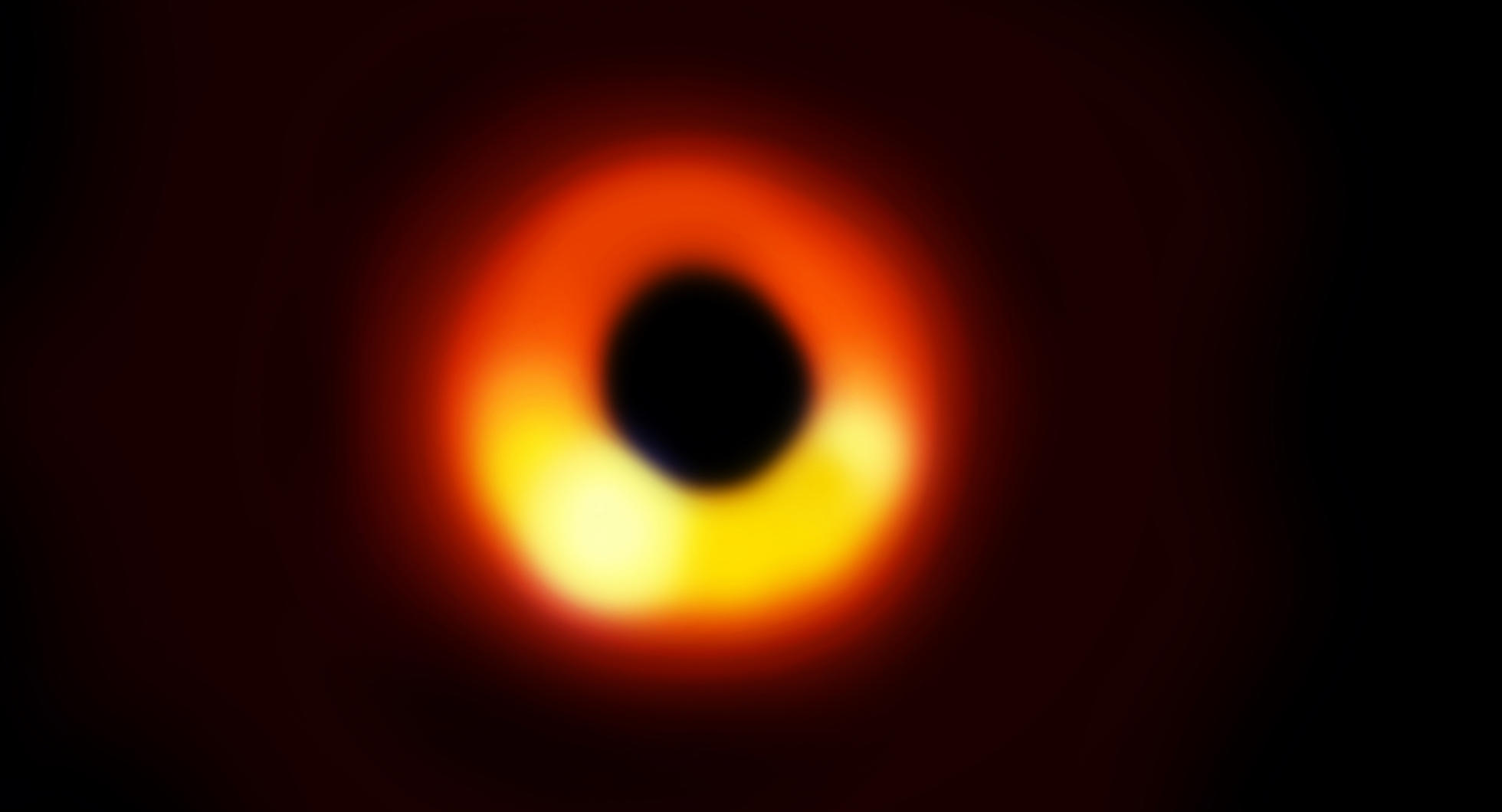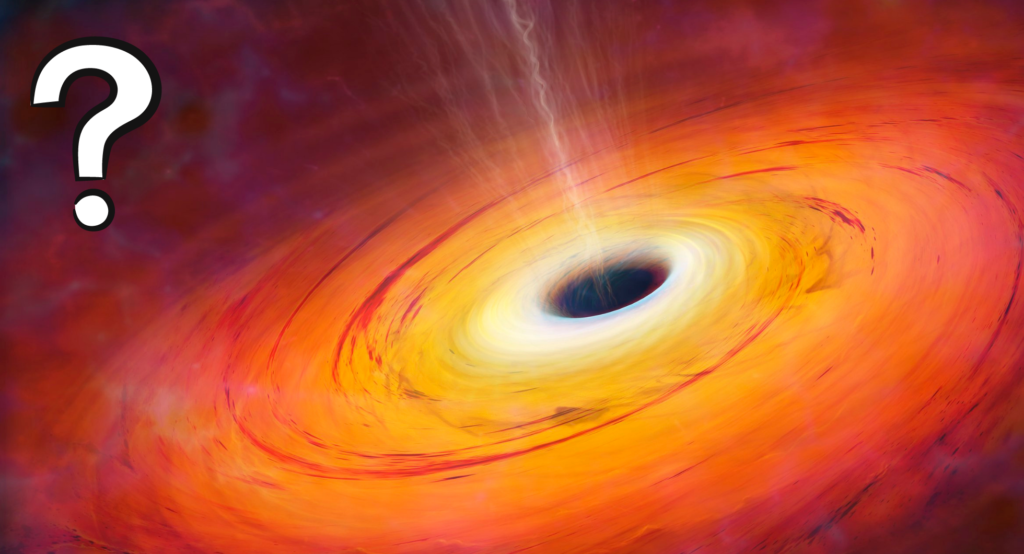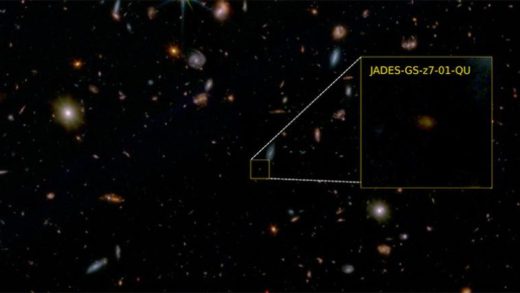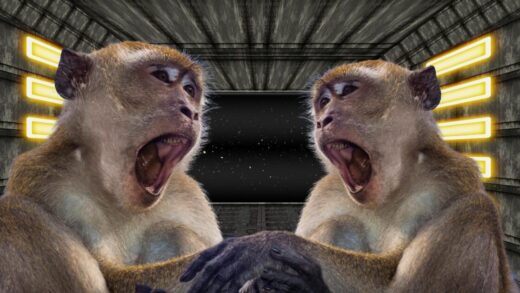EHT collaboration produces the first image of our black hole: What are its future implications?

An international team called the Event Horizon Telescope (EHT) collaboration has produced the image of the center of our galaxy for the first time.
This is the gargantuan black hole, known as Sagittarius A*, four million times the mass of our Sun, lives at the centre of our galaxy.
What is a black hole?
A black hole is a region of space with a gravitational field so intense that nothing, not even light can escape.
The black hole at the center of our galaxy is more than 25,000 light-years away and is so dense that a teaspoonful would weigh billions of tons.
Researchers say that this achievement constitutes an impressive technological and scientific milestone.
How could they produce the image?

The team used an array of eight radio telescopes in Hawaii, Arizona, Mexico, the U.S., Spain and Chile to obtain the first ever image of a black hole’s shadow. The size of this shadow is larger than the orbit of Neptune around our Sun.
What you see in the image is a central dark region where the hole resides, circled by the light coming from super-heated gas accelerated by immense gravitational forces.
The ring of the object is roughly the size of Mercury’s orbit around our star and that’s about 60 million km, or 40 million miles, across. As it resides 26,000 light-years in the distance, there’s no possibility of us ever coming to any danger.
Earlier to this in 2019, astronomers had captured a picture of the giant black hole at the heart of another galaxy called Messier 87, or M87. That object was more than a thousand times bigger and 6.5 billion times the mass of our Sun. Astronomers say this new image is special as it’s our supermassive black hole.
We need very high resolution to see an object of the size in a so long distance of 26,000 light-years from Earth. The EHT’s technique for doing so is called very long baseline array interferometry (VLBI).This technique combines a network of eight widely spaced radio antennas to mimic a telescope the size of our planet.
The mass of a black hole determines the size of its accretion disc, or emission ring. The hole lives in the central brightness depression. Its “surface” is called the event horizon, the boundary inside which even a light-ray is bent back on itself by the curvature in space-time. Brighter regions in the accretion disc are where light gains energy as it moves towards us, and is said to be doppler boosted.
EHT team members say this arrangement enables the EHT to cut an angle on the sky that is measured in microarcseconds. EHT team members talk about a sharpness of vision akin to being able to see a bagel on the surface of the Moon. After that, atomic clocks, smart algorithms and countless hours of supercomputing are needed to construct an image from several petabytes (1 PB equals one million gigabytes) of gathered data.
The way a black hole bends, or lenses, light means there is nothing to see but a “shadow”, but the brilliance of the matter screaming around this darkness and spreading out into a circle, known as an accretion disc, betrays where the object is.
Comparison between the two images: M87 and Sagittarius A*
When compared the new image to the previous one of M87, as explained by team member Dr Ziri Younsi from University College London, you may find some key distinctions because Sagittarius A* is a much smaller black hole – it’s around a thousand times smaller – its ring structure changes on timescales that are a thousand times faster. “It’s very dynamic. The ‘hotspots’ you see in the ring move around from day to day”, DR. Younsi added.
The super-heated, excited gas – or plasma – in the ring is travelling around the black hole at a significant fraction of light-speed (300,000km/s, or about 190,000 miles per second). The brighter regions are likely places where material is moving towards us and where its light emission is being energised, or “doppler boosted”, as a consequence. These rapid changes in the vicinity of Sgr A* are part of the reason why it has taken so much longer to produce an image than for M87. Interpretation of the data has been a tougher challenge.
The telescope observations for both black holes were actually acquired during the same period in early 2017, but M87, at its greater size and distance of 55 million light-years, looks static by comparison.
Future implications of the finding and further studies by James Webb Telescope
Scientists have already begun to deploy the measurements in the new image to test the physics we currently use to describe black holes. So far, what they see is entirely consistent with the equations set out by Einstein in his theory of gravity, of general relativity.
We’ve suspected for several decades that a supermassive black hole lives at the centre of the galaxy. What else could produce gravitational forces that accelerate nearby stars through space at speeds of up 24,000km/s (for comparison our Sun glides around the galaxy at a sedate 230km/s, or 140 miles per second)?
The new super space telescope, James Webb will turn its eye this August on Sgr A*. The $10bn observatory won’t have the resolution to directly image the black hole and its accretion ring, but it will bring new capability to the study of the environment around the black hole with its incredibly sensitive infrared instruments.
Astronomers will be studying in unprecedented detail the behaviour and the physics of hundreds of stars whipping around the black hole. They’ll even be looking to see if there are some star-sized black holes in the region, and for evidence of concentrated clumps of invisible, or dark, matter.
Auto Amazon Links: No products found.


